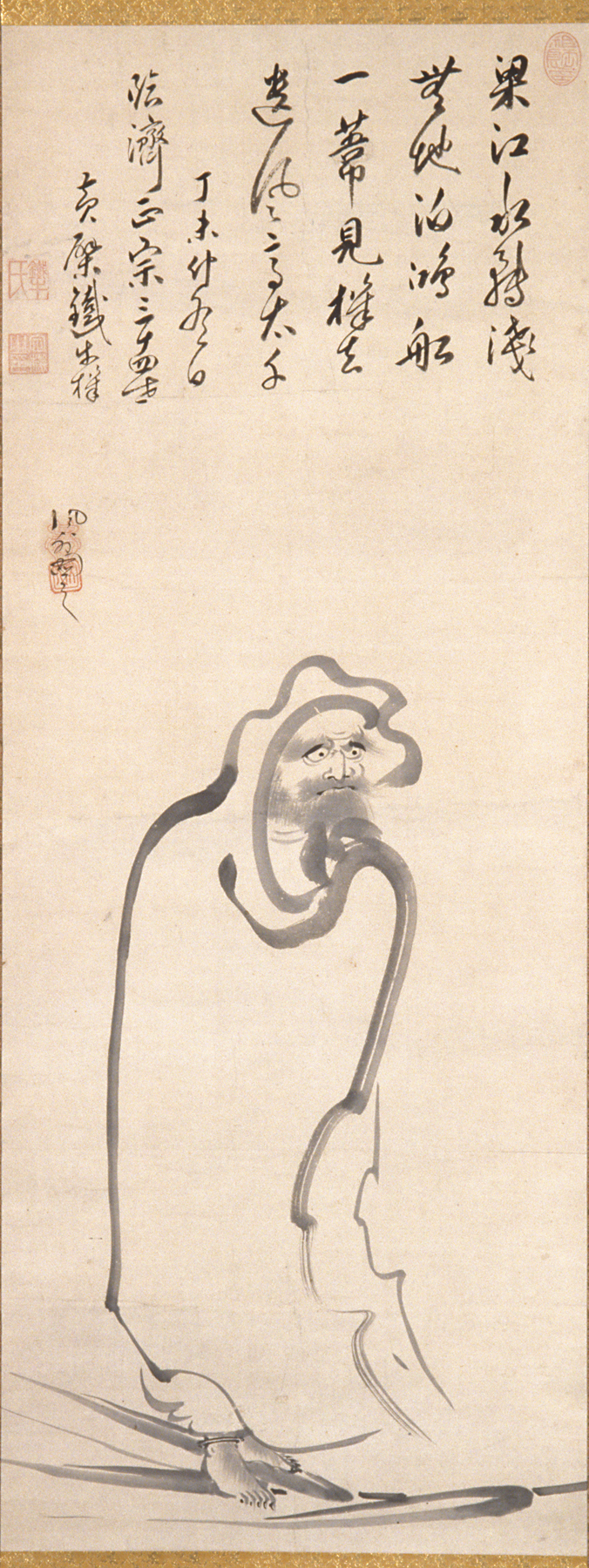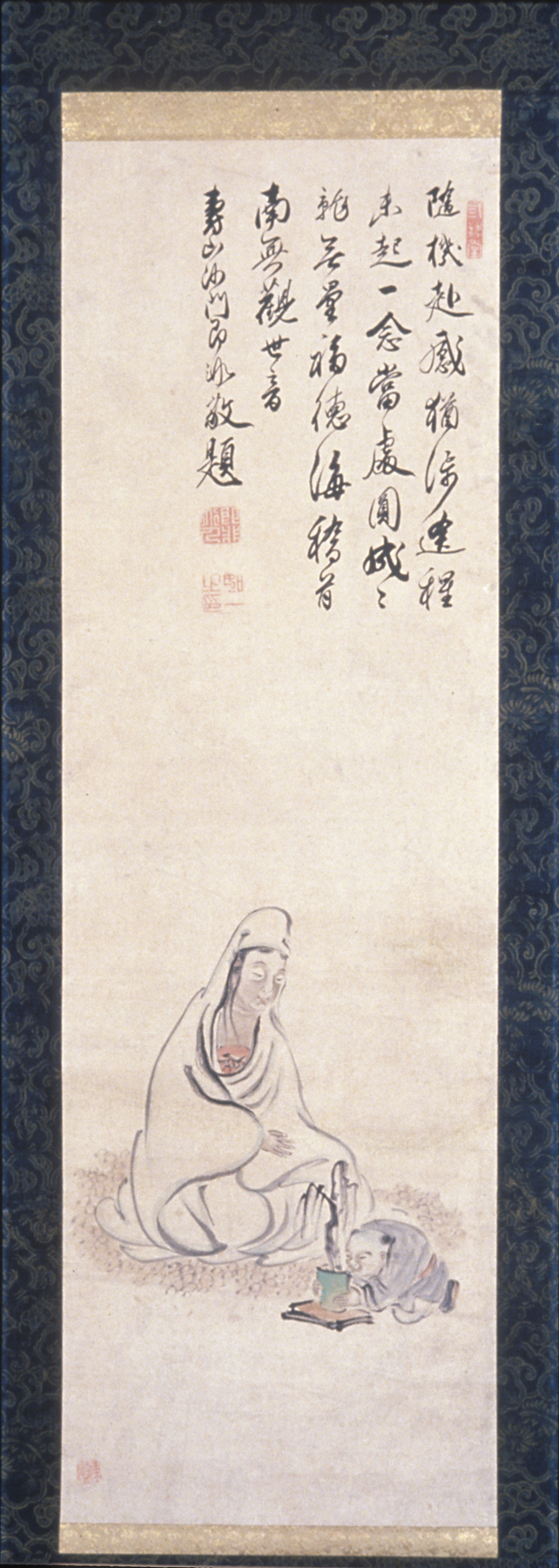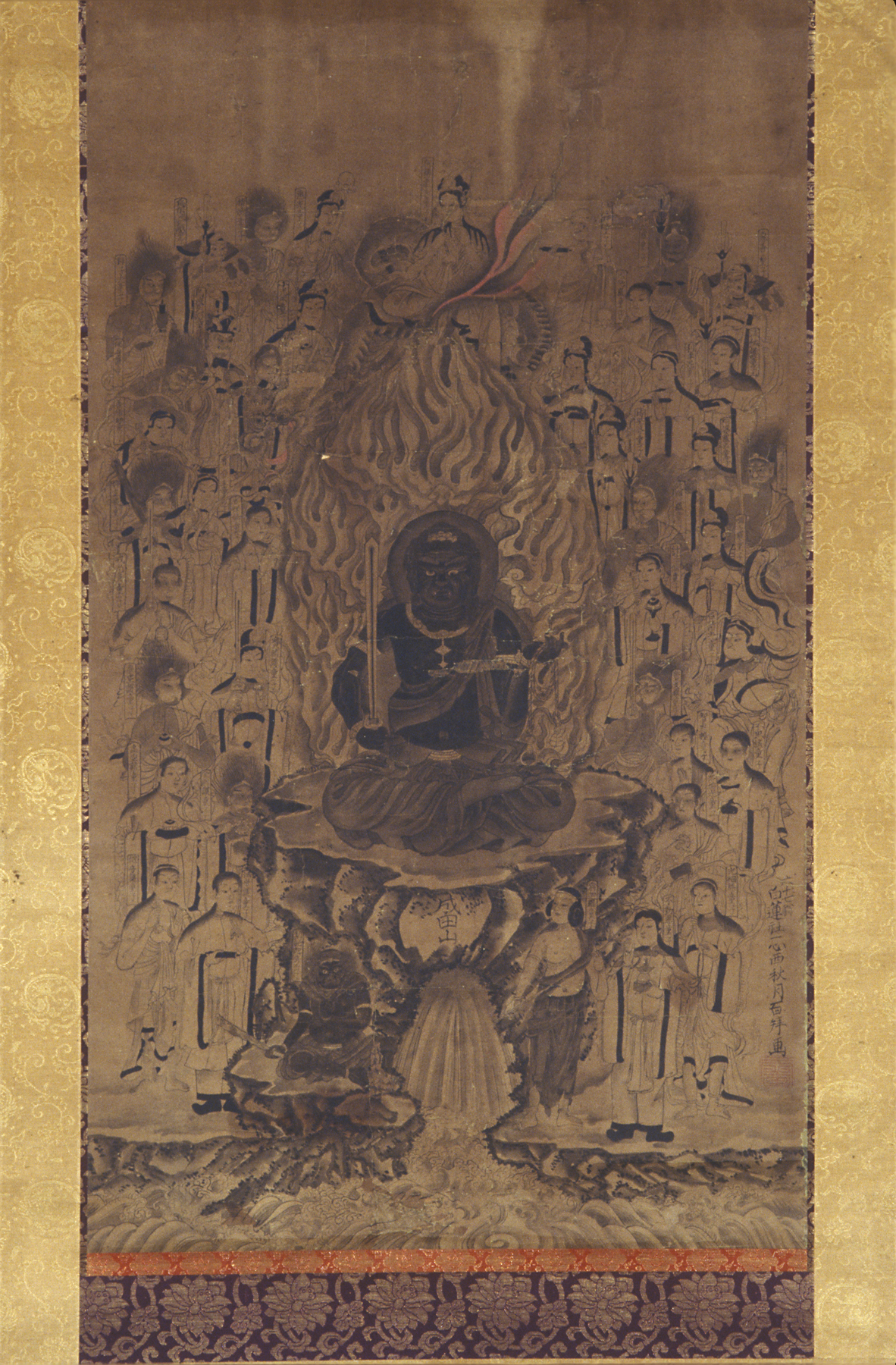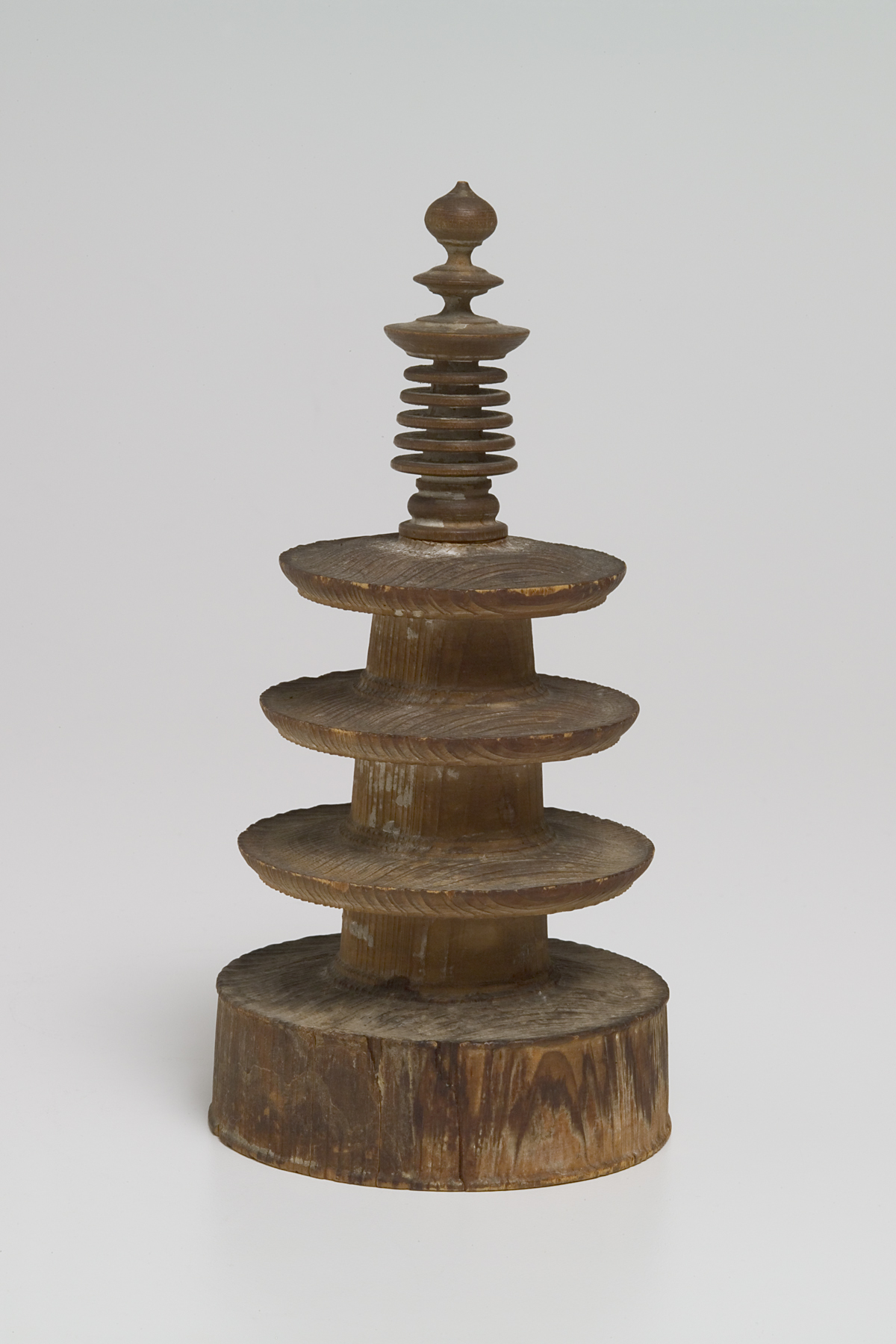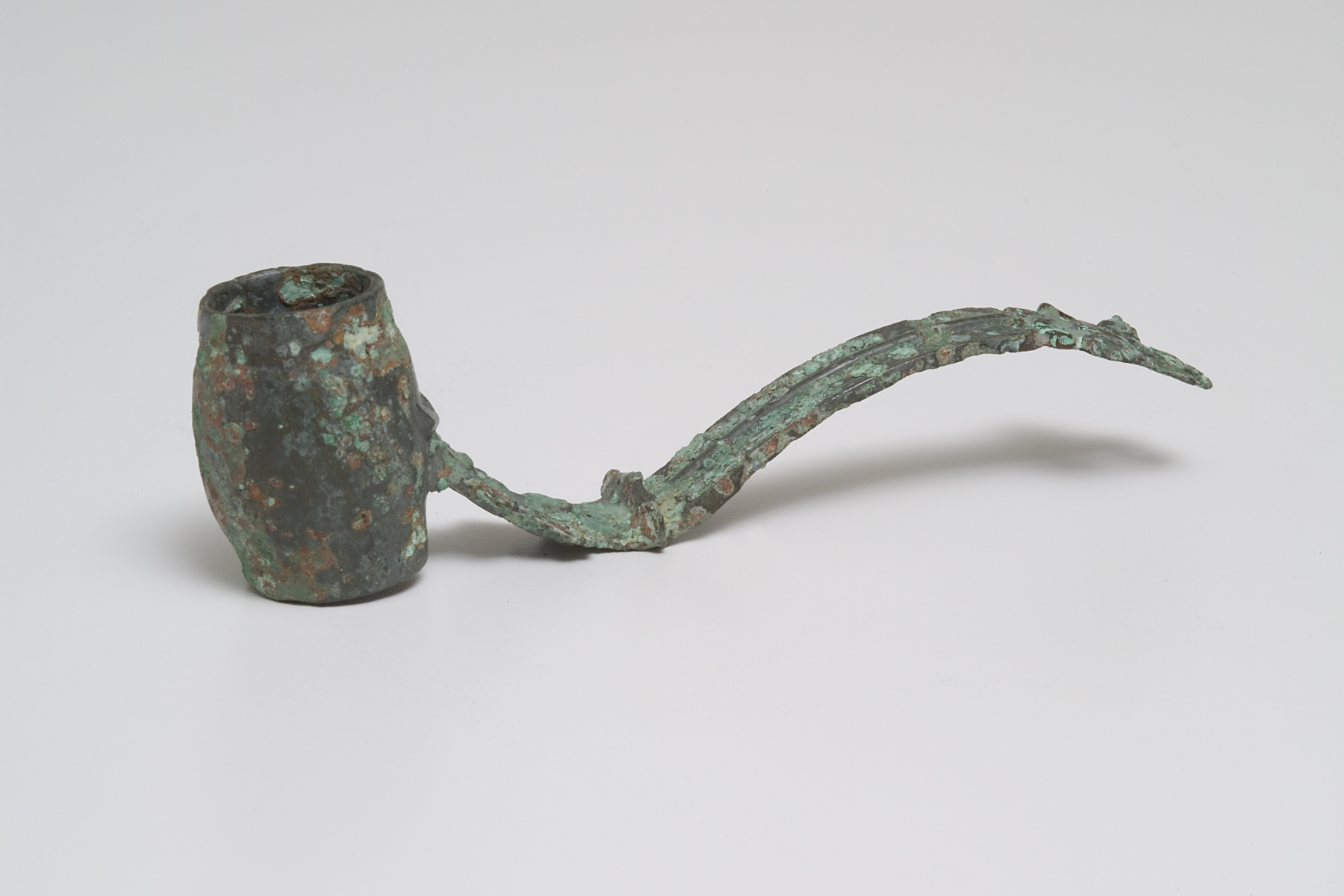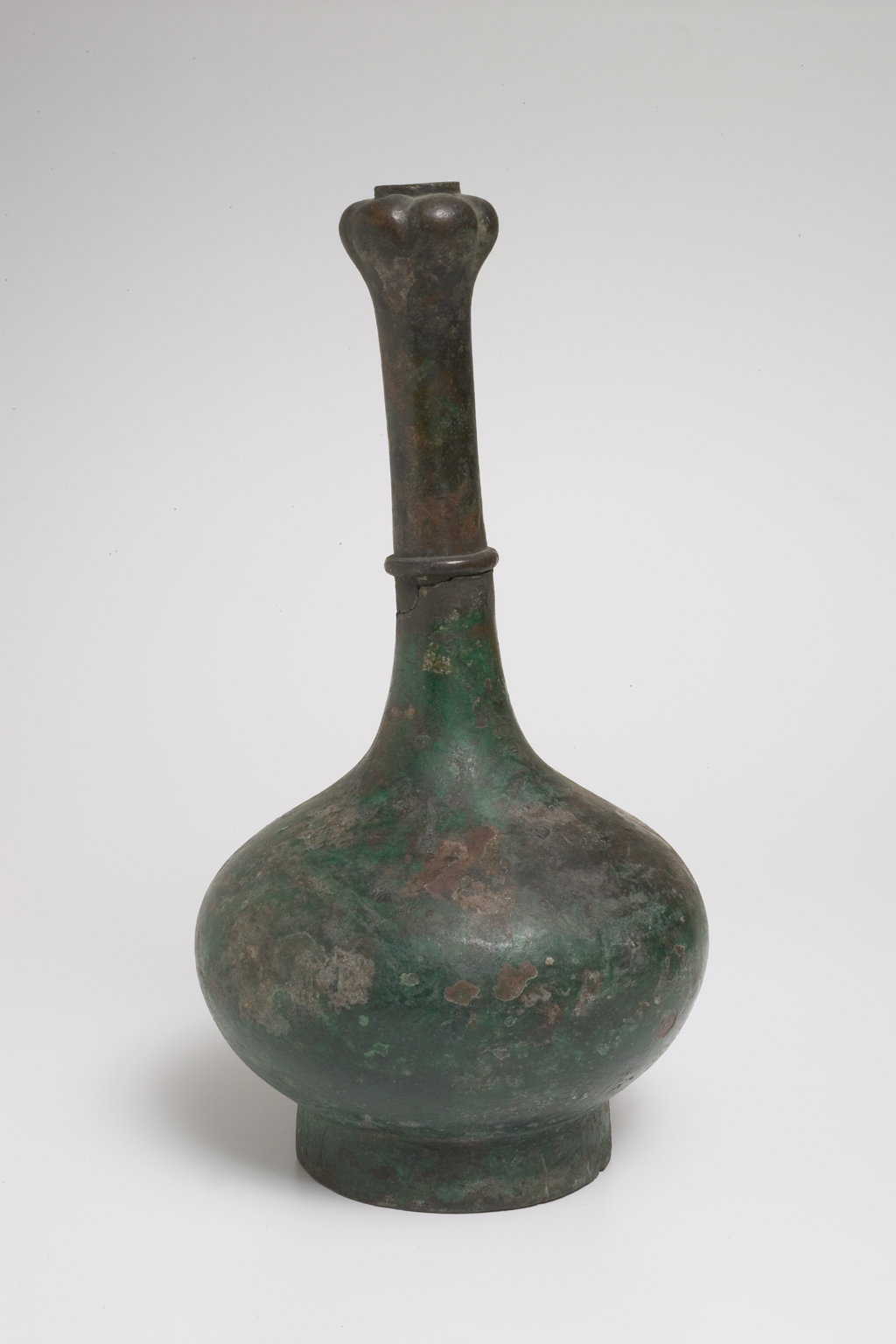Reviving the Past: Antiquity & Antiquarianism in East Asian Art | Compassionate Beings: Japanese Buddhist Art
Exhibition Overview

Drawn from the Spencer’s permanent collection, this exhibition explores the diverse pantheon of deities loosely associated with the trait of compassion in Japanese Buddhist painting and sculpture. From Kannon, commonly known as the “bodhisattva of compassion,” to the Amida Buddha, who is believed to descend at the time of death and deliver the faithful to the Western Paradise, this rich assemblage encompasses devotional art made in the 13th century to more recent paintings by Zen masters completed in the Edo period (1600-1868).





